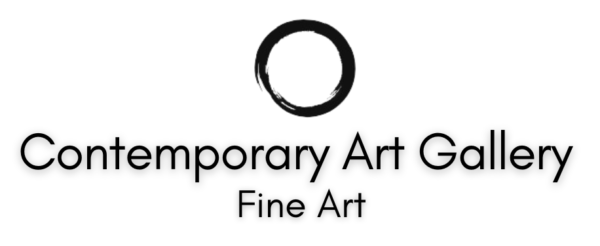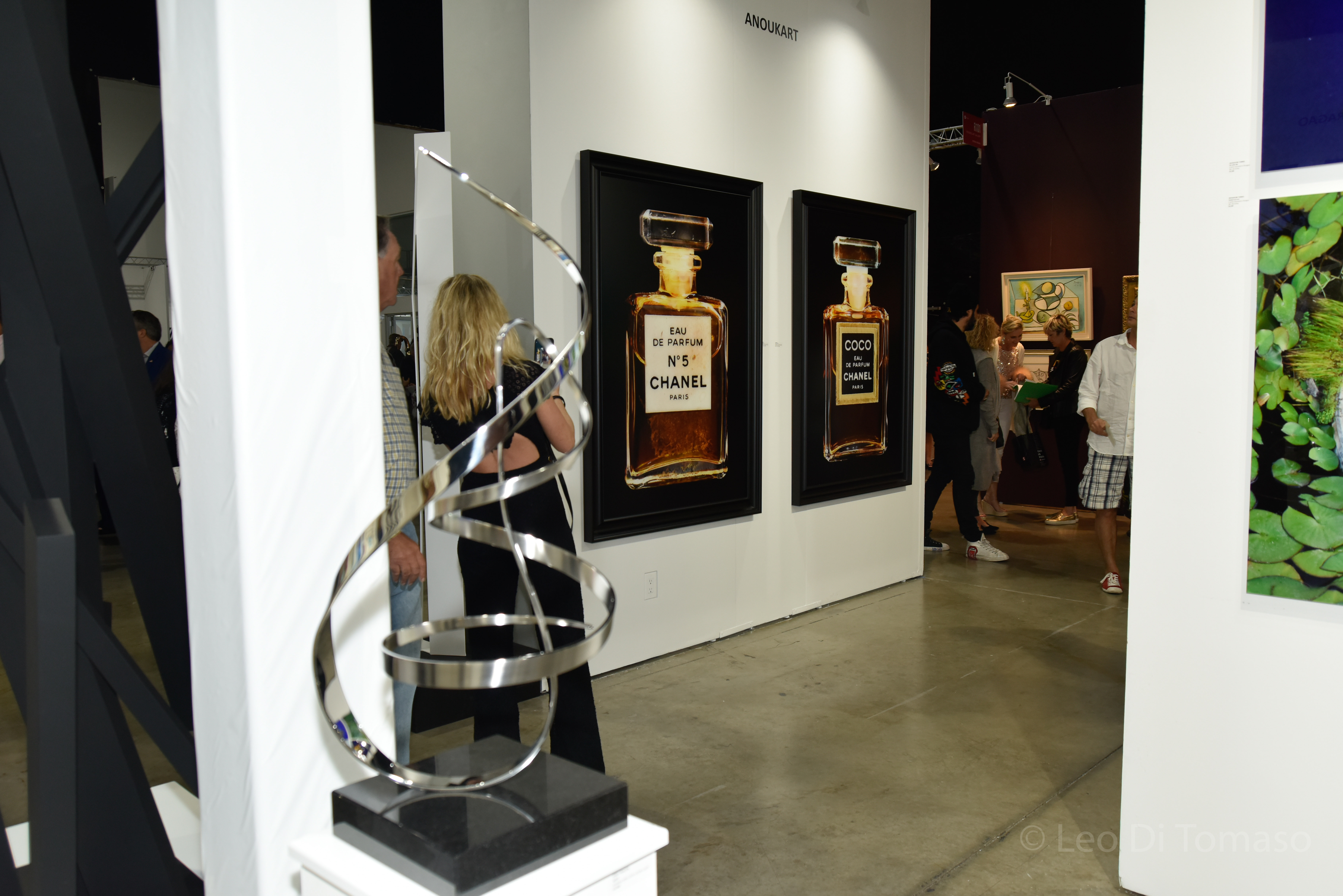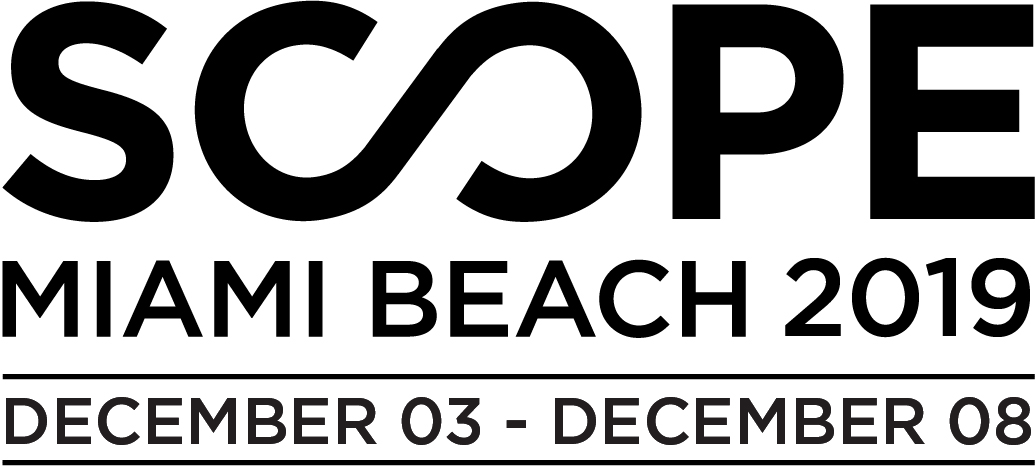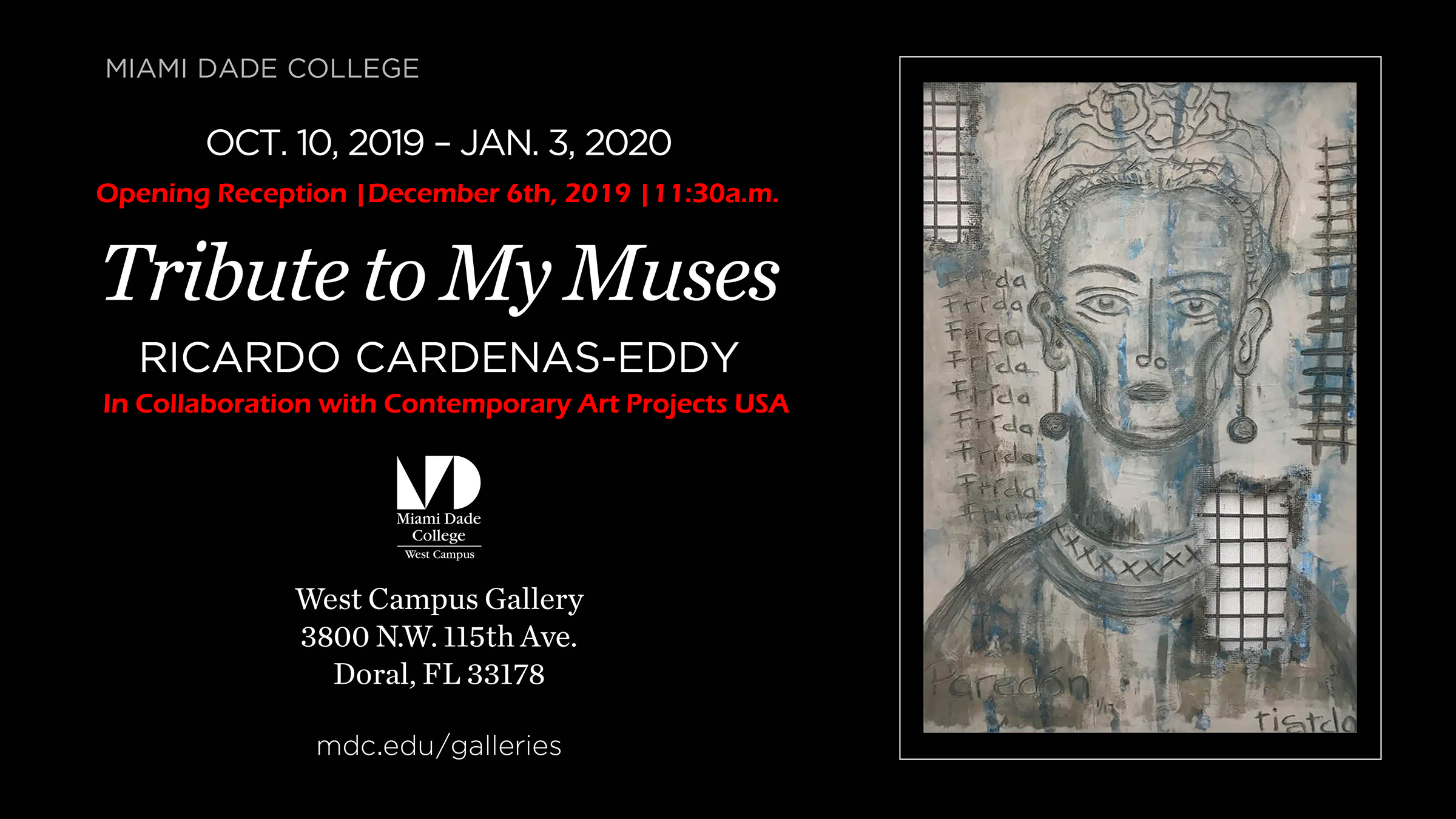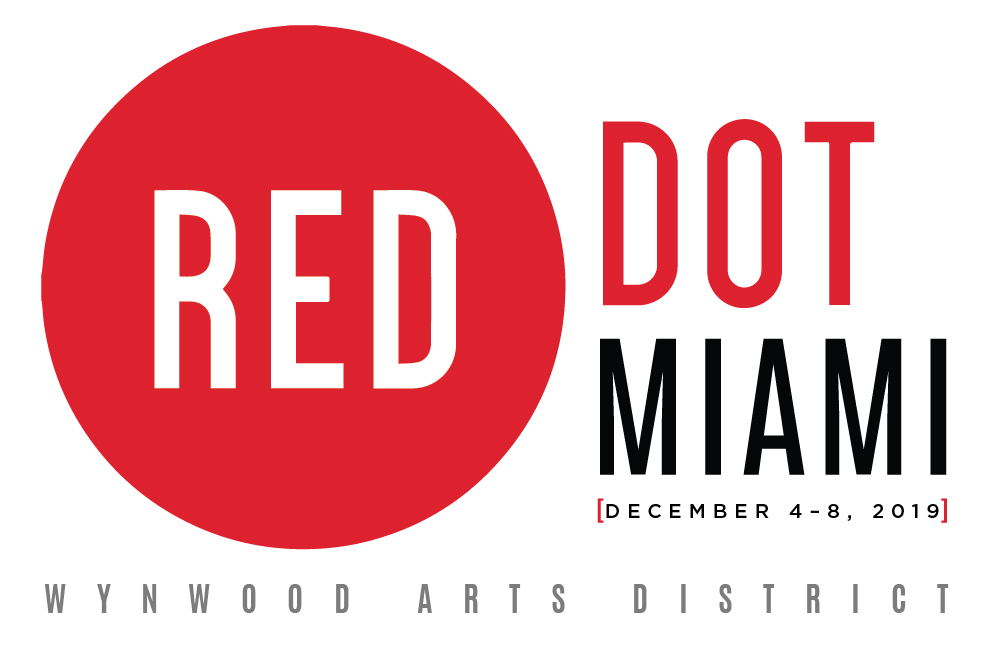by Fatima Canovas. Art Daily News International Magazine.
The closure of a celebrated fixture of the New York art scene underscores the fact that despite the unprecedented avalanche of money poring into the contemporary art world arena, it is surprisingly difficult for art galleries to make money.
Manhattan´s highly regarded Wallspace Gallery – a Chelsea art district star – will permanently close its doors August 7th, 2015. When their lease was up, Jane Foeller and Jane Hait were faced with having to make the tough decision. Jane commented: “it necessitated re-evaluation; it´s a particularly tough climate for people doing work that´s not necessarily super commercial”.
In his book: “Management of Art Galleries” (published last year in Germany, and soon to be released in English) Magnus Resch, a 31 year-old German art adviser/professor/entrepreneur, argues that most galleries are under-capitalized and insufficient; and that with a McKinsey-like business strategy (which he learned about when he attended the London School of Economics and St. Gallen University in Switzerland) the art market, in its entirety, could be converted into a profit generating machine. He states than rather than just stating the facts, he is attempting to offer solutions based on his art market analysis. A near first for the art world, Mr. Resch has compiled accurate data that backs up his research; such as an anonymous survey he sent out to 8,000 galleries to which about 16% (roughly 1,300 people) responded with information regarding their location, number of employees, and revenue. (The German version of the book was limited to German data; the English translation will include U.K. and U.S. information).
The research’s results were grim:
- Fifty-five percent of the galleries reported a revenue of less than $200,000 per year
- Thirty percent of the reported losing money.
- The average profit margin was 6.5 percent.
Though critics may argue that the pool of respondents may be skewed by decorative galleries and rural art galleries selling crafts, 93 percent of the respondents are contemporary art galleries.
After examining the results, Mr. Resch isolated what he considers to be galleries’ major impediments to profitability:
The Rent is too High: Since collectors will go just about anywhere art is; openings’ crowds and passer- biers have no bearing on the bottom line; paying premium rent for a desirable location is pointless.
Artists Make too Much: Though galleries usually split sales revenue 50/50 with artists, he suggests that, considering that galleries cover the expenses for marketing, production, shipping, and insurance, the split should be closer to 70/30. That, of course, is certain to outrage creatives.
Gallery Staff Make too Little: This statement resides on the premise that the more employees are compensated for their efforts, the harder they strive to do their best.
Everyone is Selling the Same Thing: He argues that galleries compete for the same tiny pool of contemporary art collectors, and suggest that they should diversify; the argument against it: the pool of buyers interested in other periods is even smaller; contemporary art is simply what collectors want to buy.
Other points include:
- Galleries are terrible at branding and marketing.
- They do not do a good job at expanding their collectors base.
- They tend to not innovate their business models in measurable ways.
He recommends (careful to no call them solutions):
That galleries draft rigorous contracts with their artists.
- That, to spice up the sales experience for example, they use sparklers at openings to denote artworks.
He also points out that, due to the art world´s low salaries:
- “The best educated people…will almost always always find another industry to work in”.
The realities of the collected data is hard to dispute.The upbeat world of art fairs, biennials, and art parties is flawed, antiquated, and cutthroat; hampered by a misguided aversion to making money, and an obsession to keeping up appearances.
Hiat confesses: “Our primary focus didn’t always correlate with financial success. It´s unfortunate, because galleries doing things like we were trying to do have a tough time staying in business”.
